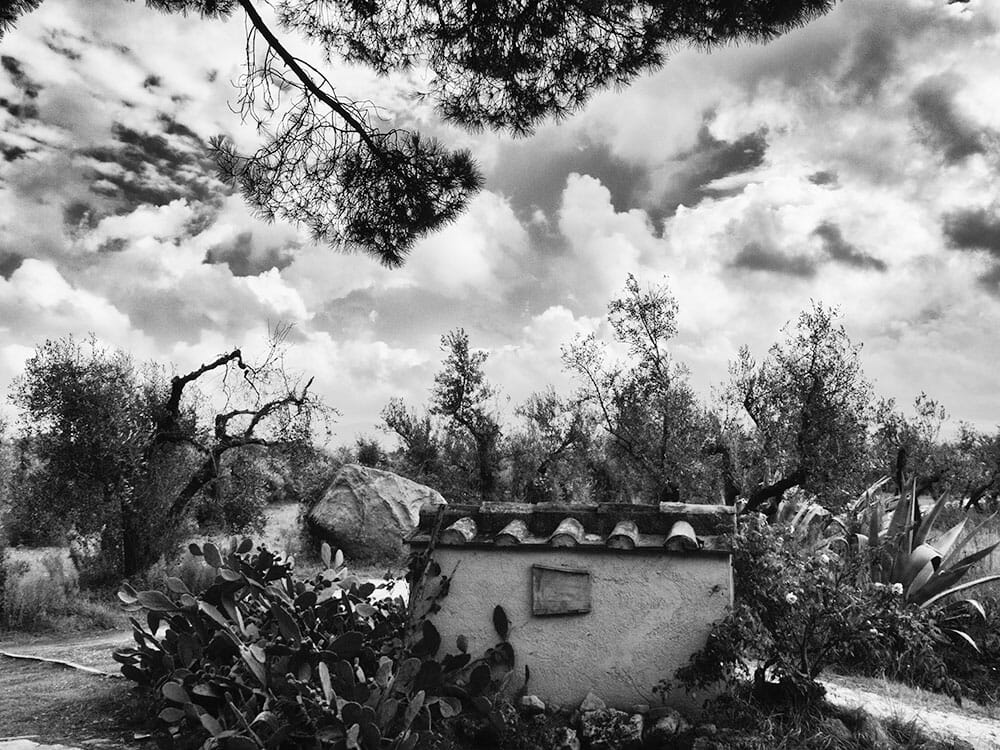Photo by Nicholas Coleman
Coleman Collection #17
PRODUCER
Olio Tamia
CULTIVAR
Caninese 50% / Leccino 50%
Harvest Date
October 2019
REGION
Tuscia, Viterbo Province, Lazio
Lazio produces exceptional oil from small-scale farmers, yet the region remains overshadowed on the international stage by Tuscany and Umbria. After years of poking around I was led to Pietro Re of Olio Tamia. His location in Tuscia three hundred meters above sea level, in the middle of Italy, in the center of the Mediterranean, sets the perfect scene to grow healthy olives. Its loose stratified soil absorbs and quickly releases rainfall, keeping the roots dry and vigorous. Pietro cleverly early harvests and cold extracts each evening in a three-phase Alfa Laval machine and utilizes propoli agricola – a byproduct of honeybees – to shield trees after shock of the harvest. The oil is then filtered and stored in stainless steel tanks under inert argon gas to preserve its volatile aromas and rich polyphenols.
Lazio boasts unique cultivars, specifically the Raja, Bolsone, Itrana and Caninese, the latter originating from the town of Canino, thirty kilometers from Vetralla. Caninese olives produce only 10%-12% yield and require many years to mature. This cultivar is typically planted far apart…during the crown shy one removes a specimen so their initial six meter spacing becomes twelve! As with all olive trees, the branches need ample sunlight and oxygen to thrive.
I crafted this blend on premise from the master tanks. The Caninese green grass hits the palate first and is accompanied by a forceful yet elegant bitterness, which doesn’t overwhelm the other sensory components in its extended finish. The Leccino smooths this out leaving a sweet green harmony in the mouth. Try pairing it with mushrooms, cheeses, pastas, anchovies, grilled protein or seasonal vegetables.
White wines account for 80% of total wine production from Lazio. The most significant growing area is located within a semi-circle ridge of hill called the Castelli Romani. Just a stone’s throw southeast of Rome, these hills are rich in volcanic soil containing high levels of potassium, ideal for metabolic grape activity. Cooling winds off the crater lakes of Albano and Nemi provide refuge for the grapes of Frascati, where the effects of the Mediterranean Sea are less influential than they are along coastline vineyards. White wines from Frascati are often light, fragrant and racy. South of Frascati is the town of Marino, located at a slightly lower elevation where warmer weather results in richer grape sugar content. As a result, these wines can be a bit bigger in fruit and body. Regardless, the whites of Lazio are clean, fresh, and food-driven – perfect for the rich fare of southern Italy just as the famed pasta dish, Cacio e Pepe.



